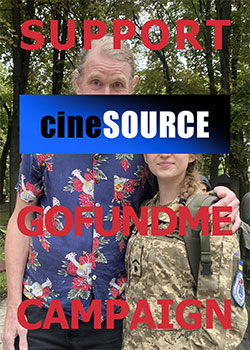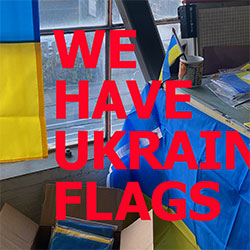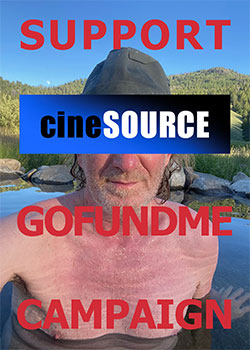
 Overlooked & Underrated Docs & Features
(click on broll or dschwartz for all his posts)
Overlooked & Underrated Docs & Features
(click on broll or dschwartz for all his posts)Burma: A Human Tragedy
In 1995, I enjoyed "Beyond Rangoon", an 'action-drama' released by SONY, directed by John Boorman, and staring Patricia Arquette. An entertaining thriller, the film was based on a true story. In my naïveté, however, I took the film strictly on its most superficial terms—pretty woman escapes bad guys in Burma. I did not spend a nano-second asking myself who the bad guys were, and why this movie was made. But recently, those blanks in my brain have been filled by Neil Hollander's "Burma: A Human Tragedy".
With a population of over 55 million people, Burma is 40th largest country in the world, and the 24th most populated. The country's land is incalculably rich in resources—including poppies. Hollander paints a portrait of Burma as a virtual prison, with the military serving as guards—the generals take the country's wealth. For many decades this military junta has oppressed the people of Burma by exploitation, imprisonment, mayhem, and murder.
"More than a million people wander the jungle," says narrator Anjelica Houston, as she describes the victims of Burma's 60-year nightmare—the longest guerilla war in contemporary history. Only it's not one war—rather several wars are being fought between the brutal dictatorship and the people, as well as between ethnic factions. These wanderers are called IDPs (Internally Displaced Persons), refugees in their own country.
But hundreds of thousands of others have left the country, most living for interminable years in prison-like refugee camps in Thailand and Bangladesh. In addition to freedom, refugees lose their cultural identity. Even today, they live without overt meaning or purpose, subjected to isolation, deprivation, and exploitation. Burma is the third largest source of refugees in the world, and second only to Afghanistan in opium exportation.
In addition to ravaging its people, the junta uses its power to ravage the land in exploiting the country's vast natural resources. The wealth acquired is used to create and insulate a tiny upper class and an ever-growing military, both of which aspire to possess nuclear weapons.
There is no limit to the horrific lengths Burma's junta wields its power in horrific ways that seem limitless. Soldiers roam the land, destroying villages, committing genocide, raping women, taking anything of value, and even shooting bullet holes in cooking pots and pans. The junta encourages HIV-positive men to rape as many women they can. In their wake the soldiers leave tens of thousands of landmines that kill and maim humans and animals alike.
At the time of the film's production no Western journalists covered Burma.
"Burma: A Human Tragedy" begins with this Parental Advisory: "Extreme Carnage and Mutilation Shown." Yet the film is just the kind of documentary that should be promoted and shown by our mainstream media. It's true, the film concludes with expressions of hope by Burma’s democratically elected president (and Nobel Peace Prize winner) Aung San Suu Kyi—but it will take courageous and decisive international action to free the 55 million prisoners of Burma. And, to state the obvious, an uproar of outrage is needed to catalyze that action.
Thanks to Neil Hollander's heroic work, I respectfully and humbly add my voice to all choruses of outrage, and to expressions of care for the peoples of Burma.
D. Schwartz July 10, 2011























